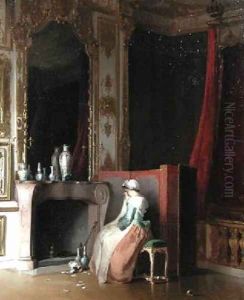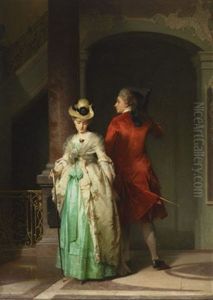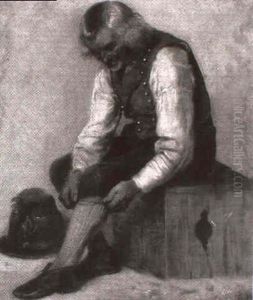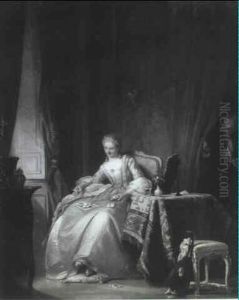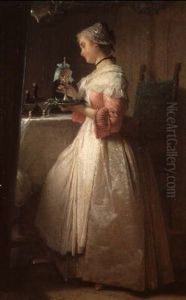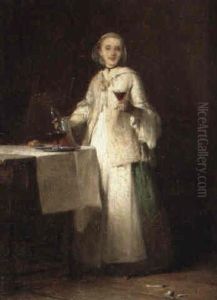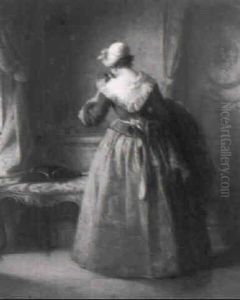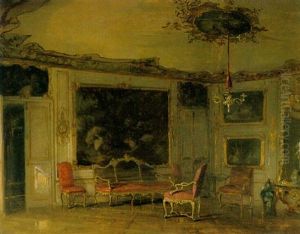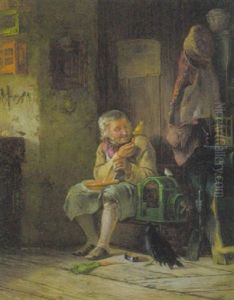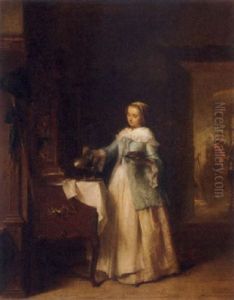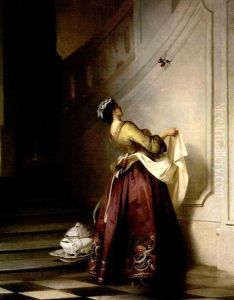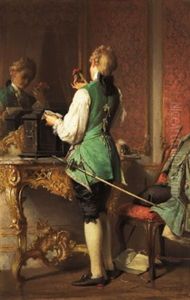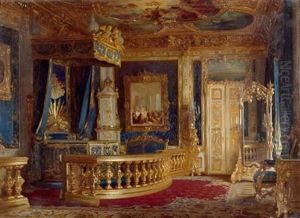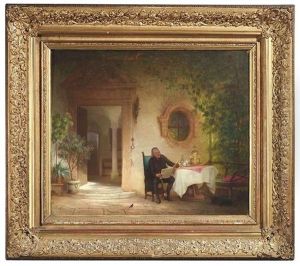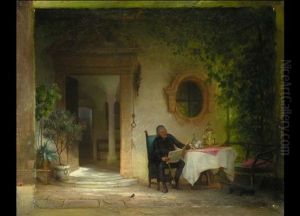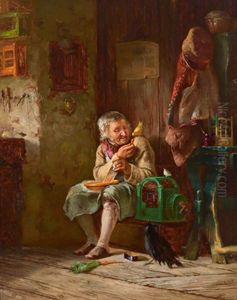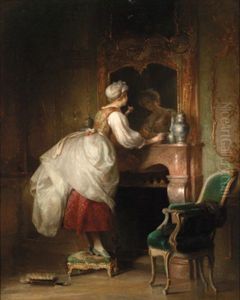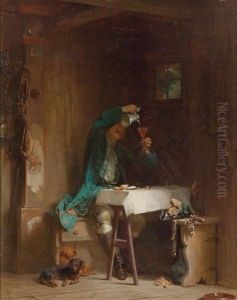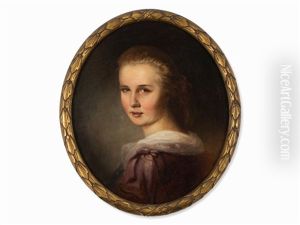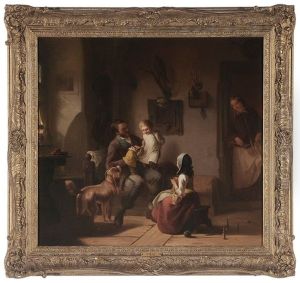Pancraz Koerle Paintings
Pancraz Koerle, sometimes also spelled as Pankraz Körle or Pancrace Koerle, was a Swiss-born artist who rose to prominence in the 18th century. Born in 1723 in Schaffhausen, Switzerland, Koerle developed an interest in art at an early age, likely influenced by the cultural atmosphere of Europe during the Enlightenment period.
Koerle's career is not extensively documented, and much of his life and work remain obscure to contemporary art historians. However, it is known that he received his artistic training in Switzerland and possibly in other parts of Europe, which was common for artists of his time who often traveled to study with established masters and to experience different artistic styles firsthand.
Throughout his career, Koerle worked primarily as a painter, and he is known to have produced a number of religious works, portraits, and landscapes. His style was characteristic of the Baroque and Rococo movements that dominated European art in the 17th and 18th centuries. These styles emphasized grandeur, rich detail, and dynamic compositions, often with a strong sense of movement.
Koerle's work might have been influenced by other Swiss artists of the period as well as by the broader European art scene. He would have been part of a community of artists and intellectuals who were exploring new ideas about nature, humanity, and aesthetics. The Enlightenment was a time of great change in the arts, with a shift from the religious and royal commissions that had dominated the previous era to a more diverse array of subjects and patrons.
Pancraz Koerle passed away in 1795. Unfortunately, due to the lack of extensive records, his work has not been as well-preserved or studied as that of some of his contemporaries. Today, he is a relatively obscure figure in art history, and his remaining works are likely held in private collections or smaller museums, particularly in Switzerland. Despite this, his contributions to the art of his time are part of the rich tapestry of 18th-century European culture.
